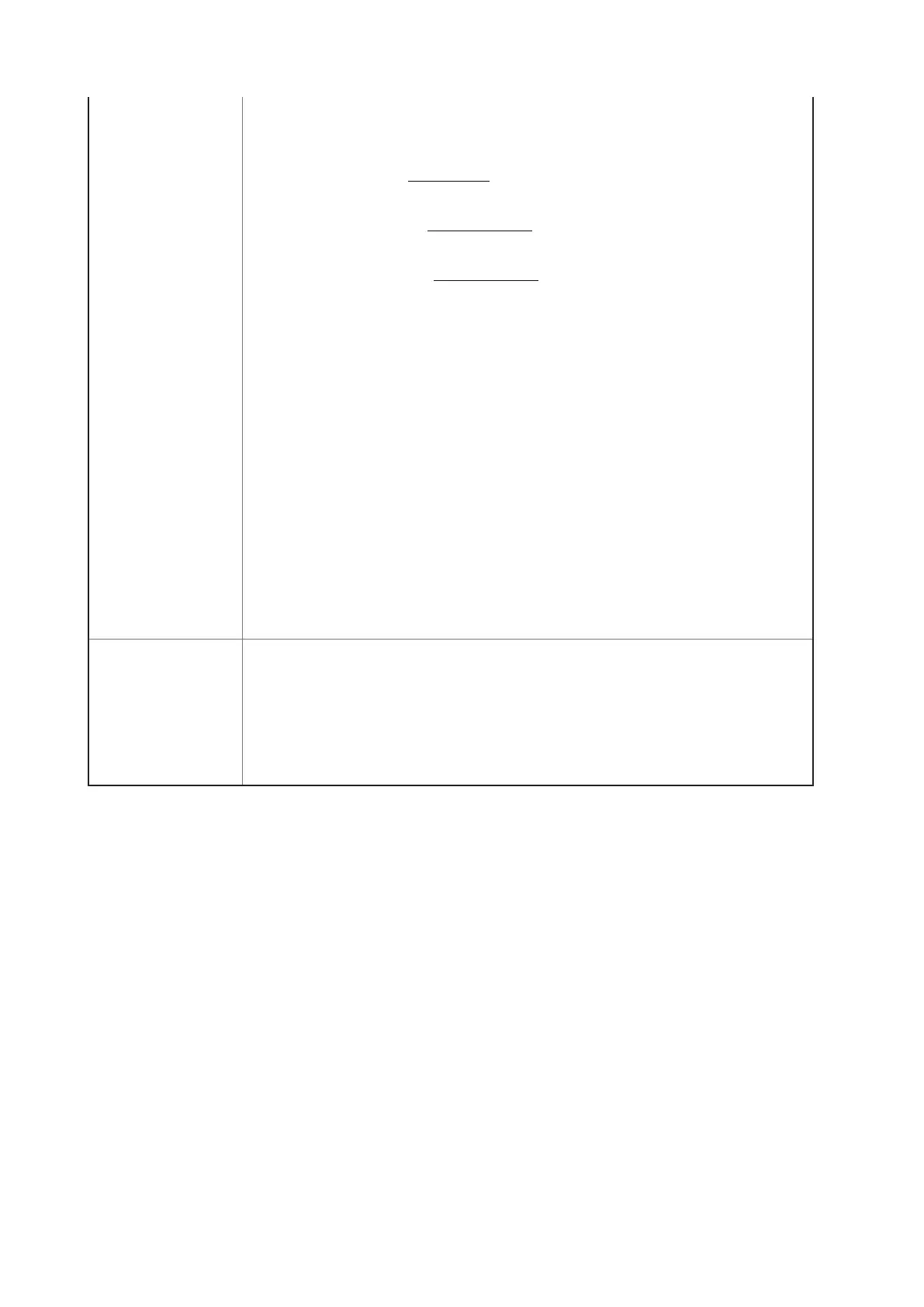Appx.30
Terminology
If
Va
,
Vb
, and
Vc
are applied as the three-phase alternating voltage, the zero-phase
voltage, positive-phase voltage, and negative-phase voltage are formulated as shown
below.
0
V a V b V c
V
⋅ ⋅ ⋅
⋅
+ +
3
Zero-phase Voltage
=
2
1
V a aVb a Vc
V
⋅ ⋅ ⋅
⋅
+ +
3
Positive-phase Voltage
=
2
2
V a a V b aV c
V
⋅ ⋅ ⋅
⋅
+ +
Negative-phase Voltage
=
3
a
is referred to as the “vector operator.” It is a vector with a magnitude of 1 and a phase
angle of 120 degrees. Therefore, the phase angle is advanced by 120 degrees if multiplied
by
a
, and by 240 degrees if multiplied by
a
2
.
If the three-phase alternating voltage is balanced, the zero-phase voltage and negative-
phase voltage are 0, and positive phase voltage is equal to the RMS value of the three-
phase alternating voltage.
Unbalance factor of three-phase current:
Used in applications such as the verication of power supplied to electrical equipment
powered by a 3-phase induction motor.
The current unbalance factor is several times larger than the voltage unbalance factor.
The less a three-phase induction motor slips, the greater the difference between these two
factors.
Voltage unbalance causes phenomena such as current unbalance, an increase in
temperature, an increase in input, a decline in efciency, and an increase in vibration and
noise.
The requirements may require that Uunb does not exceed 2%, and Iunb is 10% or less. In
a 3P4W system with an unbalanced load, the Uunb0 and Inub0 components indicate the
current that ows to the N (neutral) line.
Zero, positive, and
negative phases
The positive phase can be considered normal 3-phase power consumption. The negative
phase functions to operate a 3-phase motor backwards. The positive phase causes the
motor to operate in the forward direction, while the negative phase acts as a brake. This
negative phase causes heat to be generated. This heat has a negative impact on the
motor. Like the negative phase, the zero phase is not necessary. With a 3-phase 4-wire
wiring, the zero phase causes current to ow and heat to be generated. Normally, an
increase in the negative phase causes an increase of the same magnitude in the zero
phase.

